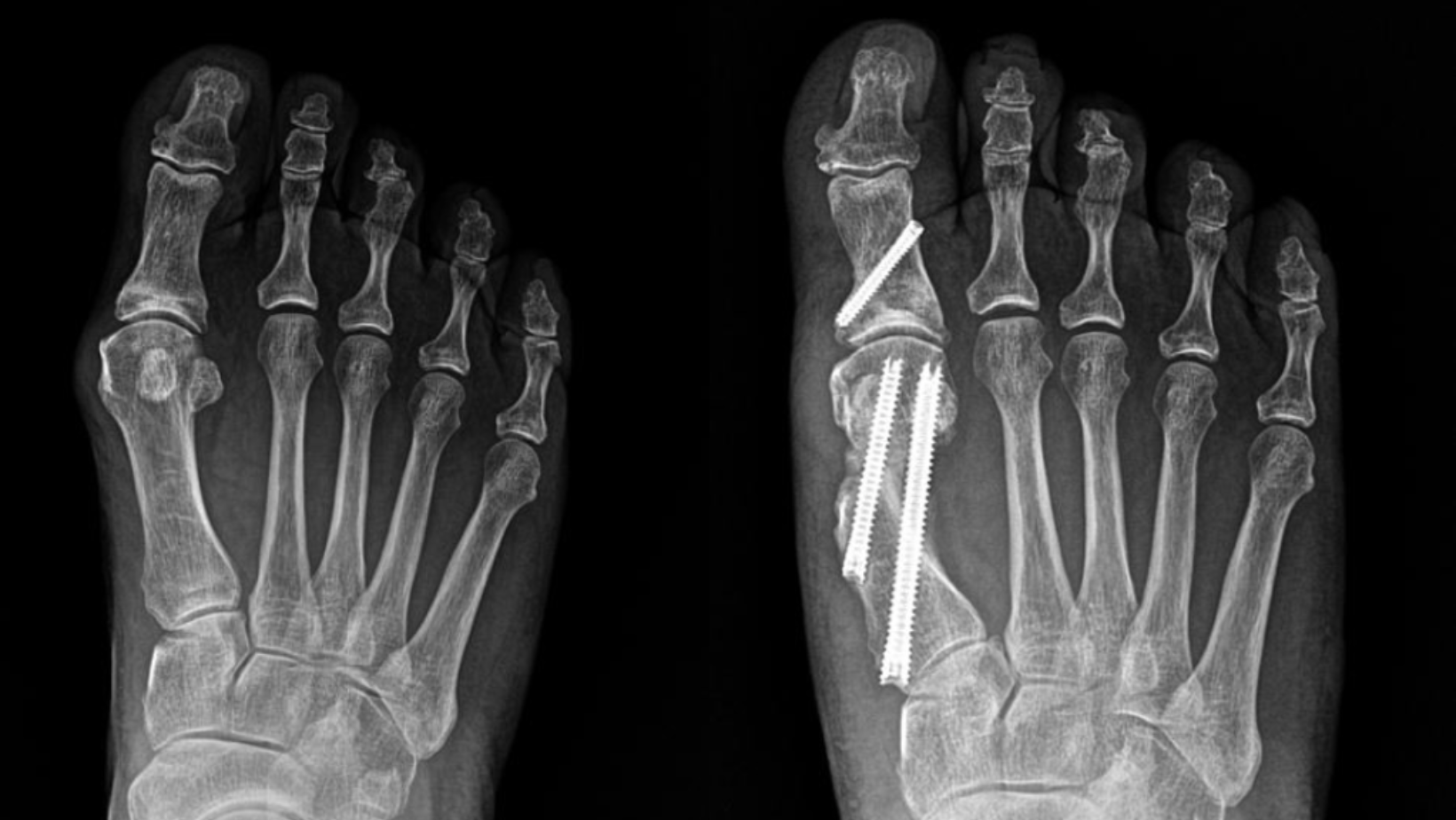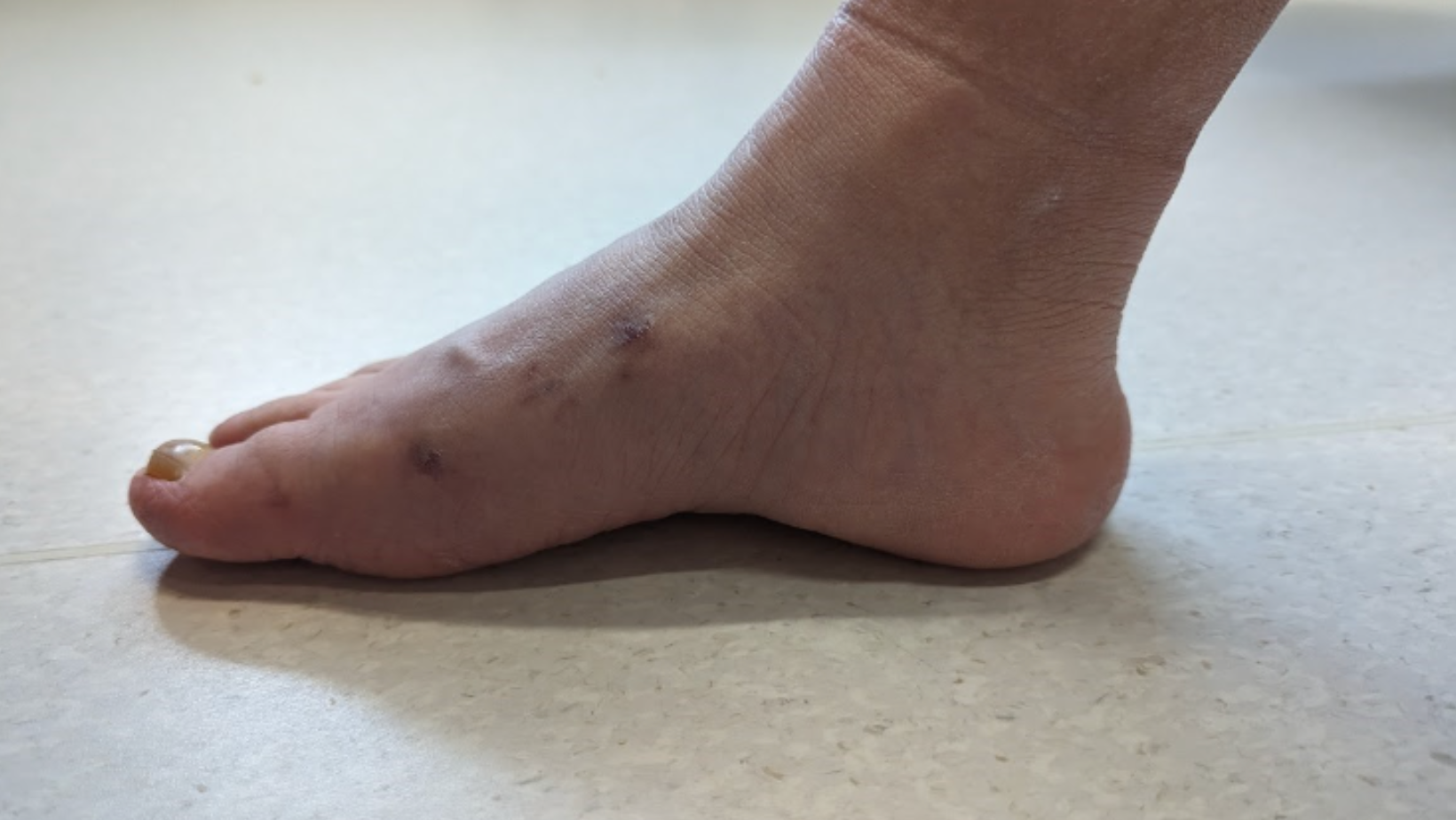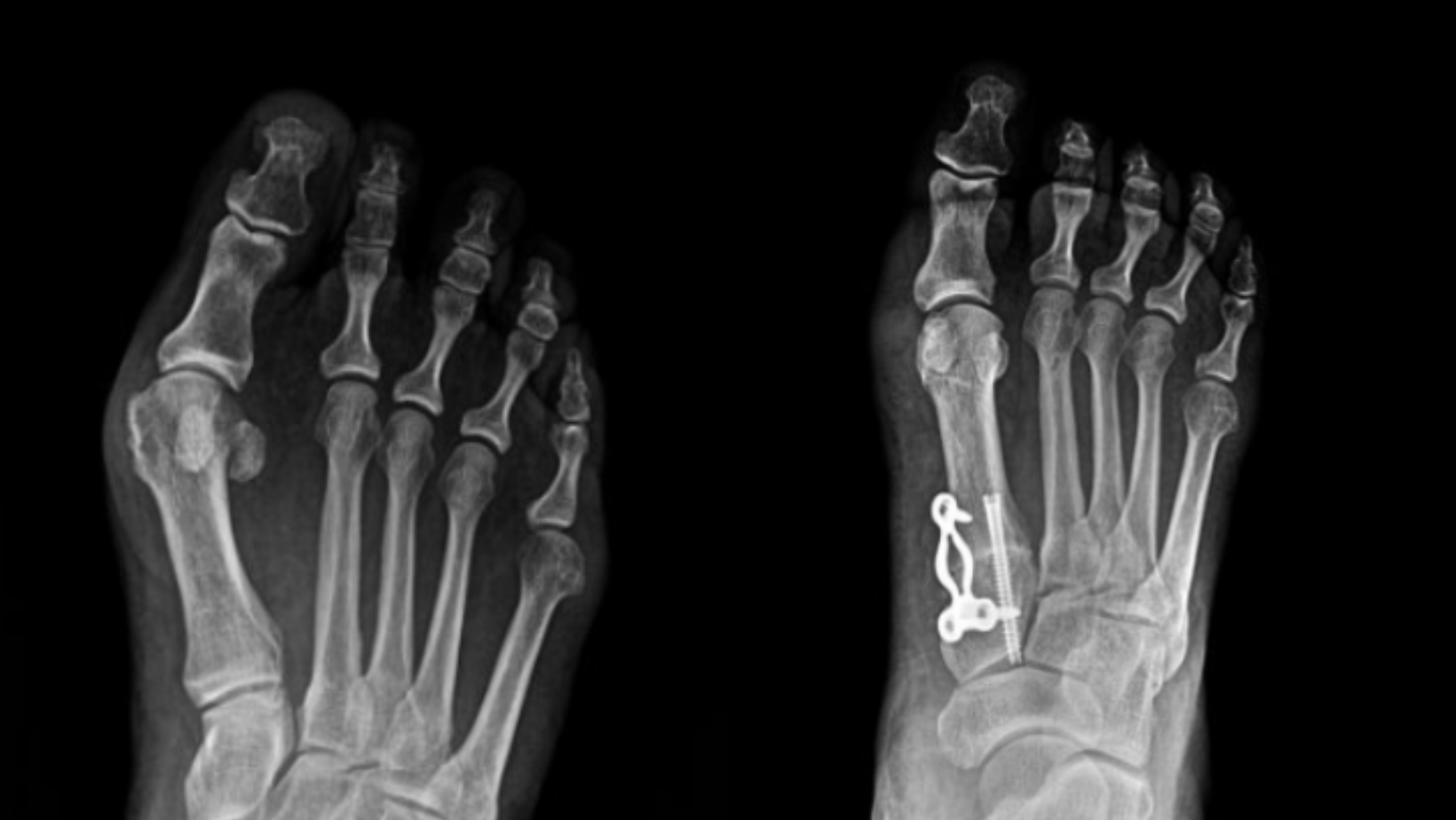How to Deal With Bunions
Bunions, seemingly harmless at first glance, can have a profound impact on the daily lives of those who suffer from them. Understanding the intricacies of bunions, from their causes to their effects and available treatment options, is essential for anyone looking to navigate the challenges posed by this common foot condition. In this blog, we will delve deep into the world of bunions, shedding light on their causes, detailing their effects on daily life, and presenting a range of treatment options.
What are Bunions?
Bunions are not just a cosmetic concern; they are structural deformities that affect the joint at the base of the big toe. The condition arises when the first metatarsal turns in and the big toe turns out. This joint deviation leads to pain, inflammation, and difficulty finding comfortable footwear.
Common Causes of Bunions
High Heels
The allure of high heels often comes at a cost. The design of high-heeled shoes places excessive pressure on the toes, particularly the big toe, contributing to the misalignment that leads to bunions.
Ill-Fitting Shoes
Shoes that are too tight or narrow force the toes into unnatural positions, increasing the risk of developing bunions over time. The importance of wearing shoes that provide ample space for toes cannot be overstated.
Genetic Disposition (Hereditary)
Genetic factors also contribute to the likelihood of developing bunions. If there’s a family history of bunions, individuals may inherit foot structures that predispose them to this condition.
Who is Most Likely to Suffer from Bunions?
Women and the Elderly
Women, particularly those who frequently wear high heels, are statistically more likely to developbunions. Additionally, the elderly, whose joints may experience wear and tear over time, are more prone to develop bunions
Anyone Can Get Bunions
While certain demographics are more predisposed, bunions are not exclusive to specific groups. Anyone, regardless of age or gender, can develop bunions.
How Bunions Can Affect Your Life
- Increased Pain: One of the most immediate and pervasive effects of bunions is pain. The pressure exerted on the joint can lead to constant discomfort, especially during activities that involve standing or walking.
- Hammertoe: The misalignment caused by bunions can result in the development of the neighboring toe to deviate.
- Bursitis: The bursa sac near the affected joint may become inflamed, leading to bursitis. This inflammation can intensify pain and limit mobility.
- Arthritis: Bunions can contribute to the onset of arthritis in the affected joint. Arthritic symptoms, including stiffness and reduced range of motion, can compound the challenges posed by bunions.
Treatment Options
Conservative Options
- Changing Shoes: Switching to footwear with a wide toe box and ample arch support is often the first step in managing bunions. Comfortable shoes can reduce pressure on the affected joint and alleviate pain.
- Padding: Applying padding or cushioning to the bunion can help minimize friction and reduce discomfort, particularly when wearing shoes.
- Medications: Over-the-counter pain relievers and anti-inflammatory medications (NSAIDs) can provide temporary relief from bunion-related pain and inflammation.
- Custom Orthotics: Custom-made shoe inserts can be beneficial in redistributing pressure on the foot and providing additional support where needed.
- Applying Ice: Cold compresses or ice packs can be used to reduce inflammation. Applying ice for short periods can help alleviate pain and swelling associated with bunions.
Surgery
In cases where conservative measures prove ineffective, or the bunions are causing severe pain and deformity, surgical intervention may be recommended. Bunion surgery aims to realign the bones of the first metatarsal and 1st toe.
Surgery typically involves one of two different types of procedure depending on the severity of the bunion. In less severe cases cuts can be made in the bone further towards the toe bringing the toe into alignment. This procedure can often be done through a minimally invasive approach and people can walk on their foot in a surgical shoe the day of surgery.

The incisions with this procedure very small, allowing for excellent soft tissue healing. The bunion correction below is 6 weeks after surgery.

When a bunion is more severe the joint at the base of the 1st metatarsal is fused. Allowing the 1st metatarsal to be put in the proper alignment.This procedure requires the patient to be off of their foot entirely for a minimum of 2 weeks.

If you suspect you have bunions or your feet are sending distress signals in the form of persistent pain, remember, seeking professional advice is like having a trusted friend by your side. Our caring podiatrists become those friends, offering tailored guidance for your unique situation. Together, you can chart a course toward bunion relief and a life free from unnecessary discomfort.
Curious, concerned, or ready to take the next step? Reach out to us at Midwest Podiatry Centers. We’re not just a clinic; we’re a friendly team here to help you put your best foot forward. Call or email – whichever feels most comfortable for you. Let’s walk this journey together, ensuring your feet dance through life pain-free and happy.


